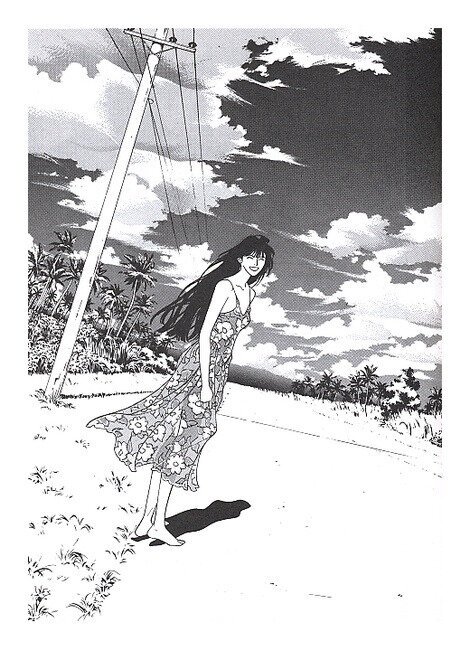The Fine Line of Realism and Madness: The Surreal Discomfort in Taira Kakeru’s Art

In the age of the Internet, we’ve seen it all. Pictures are now one of the most effective and accessible methods of communication.
But it’s not just group selfies and vacation sunsets; the most disturbing and uncanny images have circulated, numbing us routinely.
When digital art began, people were divided on the authenticity and ethics of it being considered real art because the realism attained felt like a cheat. This is undeniable: many people need a second take when looking at the surreal, nearly-photographic perspectives of the skilled Taira Kakeru.
Kakeru is a self-taught digital 3D artist that specializes in obscure liminal sceneries. He became interested in 3D modeling when he learned that the mangaka Inio Asano, the genius behind Oyasumi Punpun, created his backgrounds using this method. Though it’s only been a year or two since he started, Kakeru has garnered attention around his art, especially on Twitter, for his commonplace but eerie locations.
The scenes depicted are very familiar to the average Japanese person. It pictures the “starter” apartment, the mildewey underground train station, abandoned public baths, and department stores, yet it’s uncomfortable and deserted.
It feels like home, but not exactly: in a sense, Kakeru’s art is a social commentary about the livelihoods of the Japanese middle class and working class, with a specific perspective on the slightly outdated banalities. Things aren’t in great shape, but they look too recent to be considered past. Additionally, those unfamiliar with Japan’s most mundane parts of life can still sense the domesticity with a little bit of knowledge of anime [these locations are often pictured].
The 3D art Kakeru puts out takes about a month to complete, even if he has stated to work around 10 hours daily. It’s insanely realistic, making it strange in an even stranger way, pleading under the disguise of normalcy.
About the Author:
Mizuki Khoury
Born in Montreal, based in Tokyo. Sabukaru’s senior writer and works as an artist under Exit Number Five.





